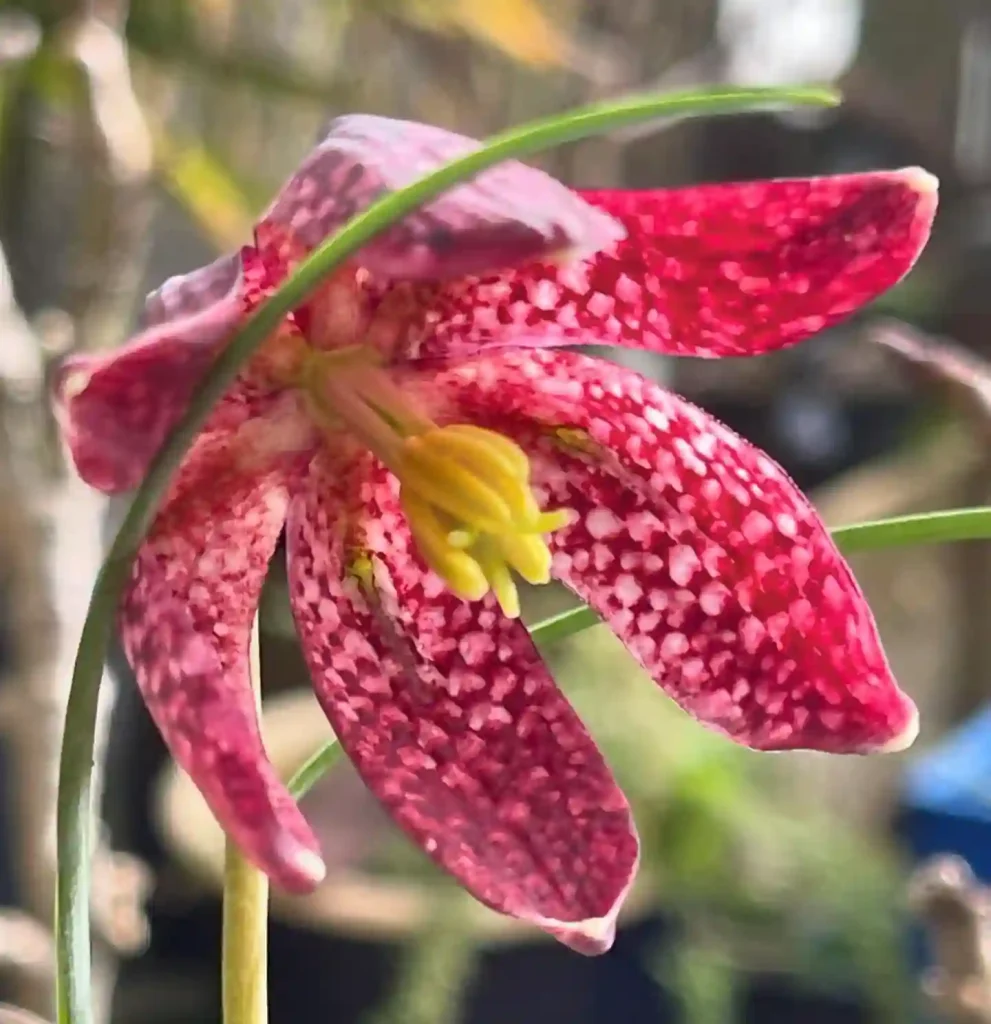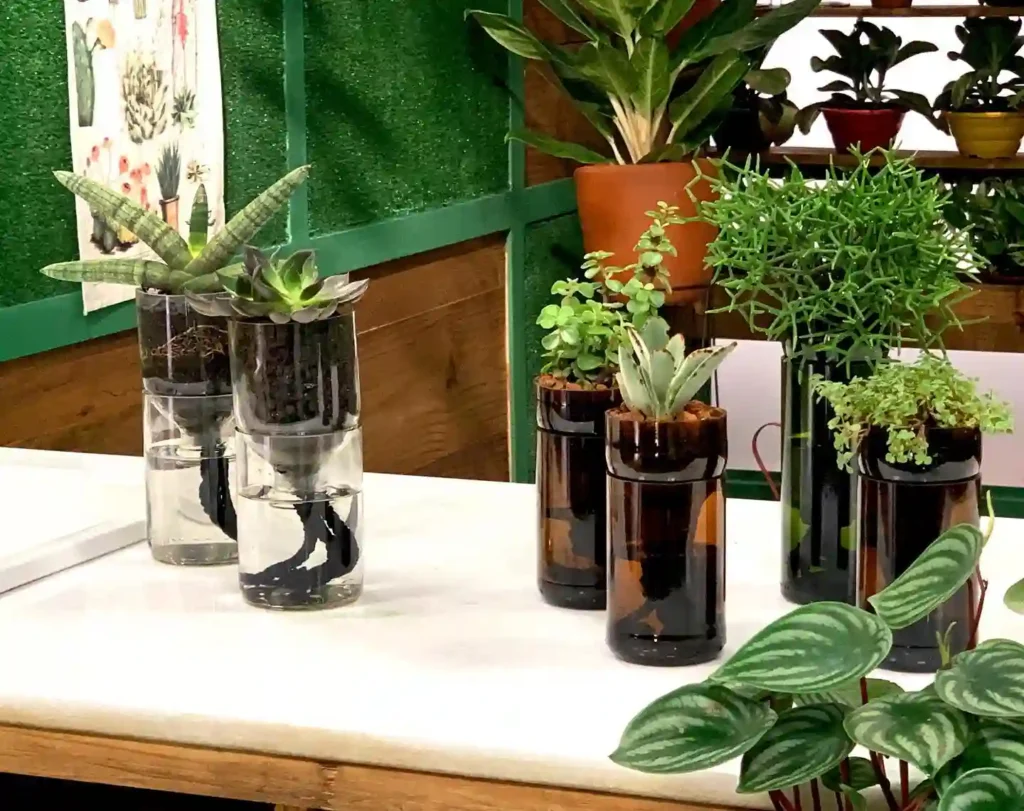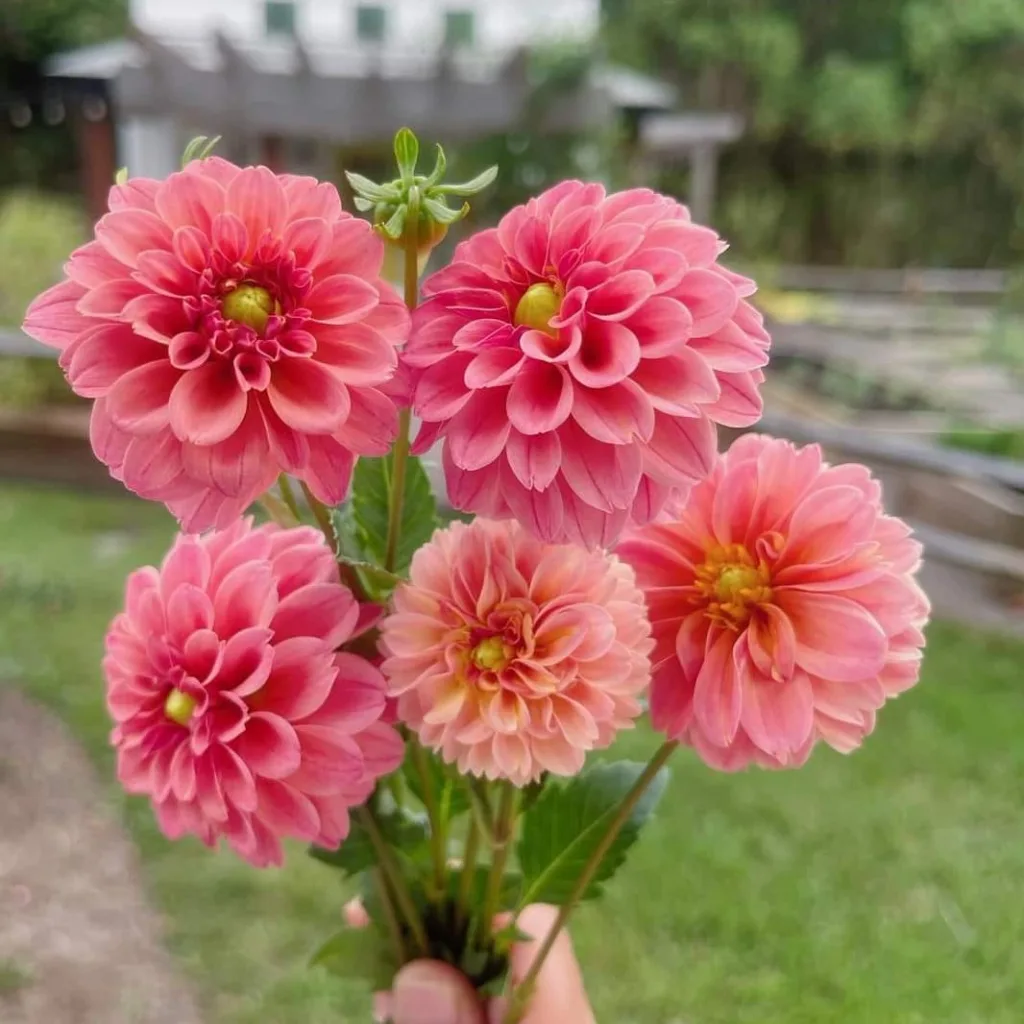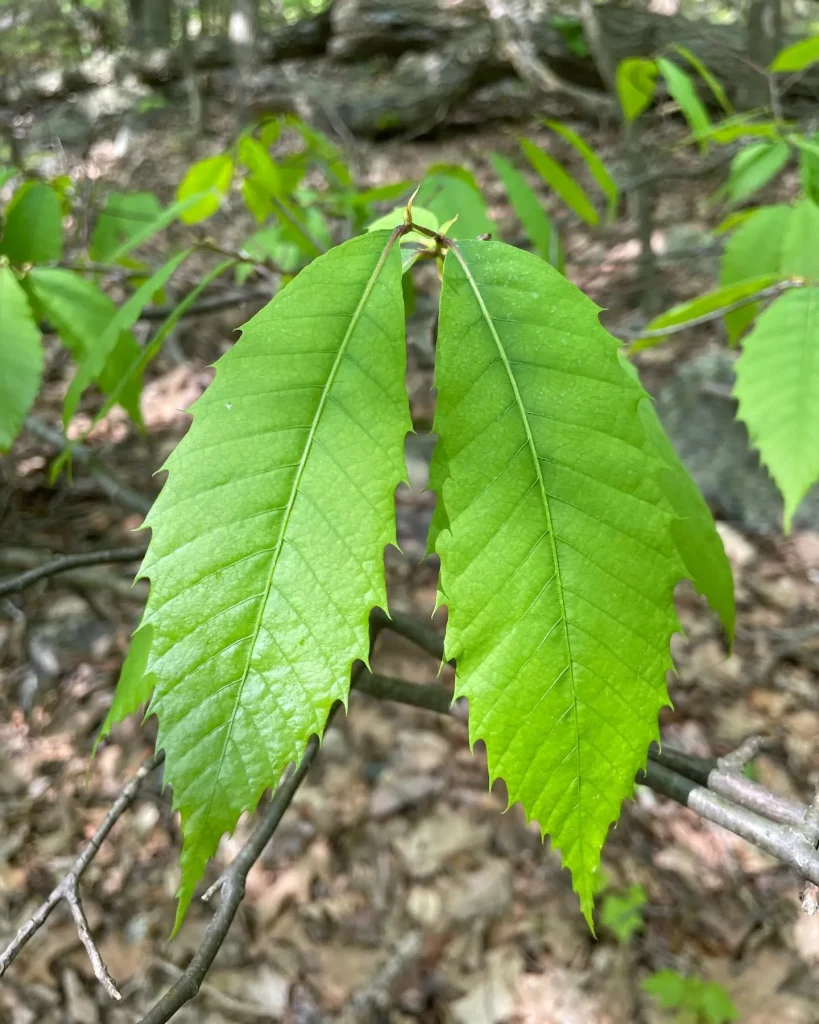The Delicate Dance with Soleirolia soleirolii: A Gardener’s Guide
Ah, Soleirolia soleirolii, the plant with nicknames as charming as its appearance – baby tears, angel’s tears, friendship plant. This delicate creeper, with its carpet of tiny, bright green leaves, has stolen the hearts of many indoor plant enthusiasts, myself included. But this little charmer can be a double-edged sword. Let’s delve into the world of Soleirolia soleirolii, exploring its quirks and how to cultivate it successfully.
Soleirolia Soleirolii vs Pilea Depressa
I find Soleirolia soleirolii, also known as baby’s tears, to be a charming plant with its tiny, round leaves cascading down like a delicate green waterfall. It fills my terrarium beautifully, creating a lush carpet that adds a touch of serenity to the space. Taking care of it is quite easy; it thrives in high humidity and indirect light, making it perfect for indoor environments. In contrast, Pilea depressa, or depressa baby tears, has a more angular leaf structure that gives it a unique, almost geometric appearance. I appreciate its resilience and adaptability; it has thrived even in corners of my home where light is less consistent. Both plants bring a refreshing greenness to my living space, but Soleirolia soleirolii’s soft texture and ease of care make it a personal favorite for adding a peaceful ambiance to any room.
Can You Grow Soleirolia soleirolii from Seed?
While technically possible, propagating Soleirolia soleirolii from seed is an exercise in patience. The seeds are miniscule, and germination rates are notoriously low. For most home gardeners, the tried-and-true method of division is far more efficient.
How to Multiply Your Soleirolia soleirolii?
The beauty of Soleirolia soleirolii lies in its ease of propagation. This plant is a natural wanderer, sending out long runners that sprout new growth at every node. Here’s how to create a baby Soleirolia army:
- Division: Identify a healthy section of your established Soleirolia soleirolii. Gently tease apart the runners, ensuring each new section has several nodes.
- Potting Up: Plant each division in a pot with well-draining soil. A light potting mix with perlite or coco coir is ideal.
- Moisture Matters: Keep the soil consistently moist but not soggy. Water deeply when the top inch of soil dries out.
- Bright, Indirect Light: Soleirolia soleirolii thrives in bright, indirect light. Avoid harsh midday sun, which can scorch the delicate leaves.
How Long Does the Soleirolia soleirolii Live?
With proper care, Soleirolia soleirolii can be a companion for many years. However, it’s not immortal. Over time, the central areas of the plant may thin out. Regular propagation ensures a fresh, lush appearance.
How to Get Rid of Soleirolia soleirolii?
The ease with which Soleirolia soleirolii spreads can become a problem, especially in outdoor gardens. Here’s how to gain control:
- Manual Removal: Meticulously dig up unwanted runners and discard them in a sealed bag. Be thorough, as even tiny fragments can sprout.
- Barrier Methods: For in-ground plantings, consider using a physical barrier like landscape edging to confine the Soleirolia soleirolii to a designated area.
Is Soleirolia soleirolii Poisonous to Cats?
The good news for cat owners is that Soleirolia soleirolii is not considered toxic to felines by the American Society for the Prevention of Cruelty to Animals (ASPCA). However, it’s always best to supervise your curious companions around any houseplant. Ingestion of large quantities might cause mild stomach upset.
Where Can I Buy Soleirolia soleirolii?
Soleirolia soleirolii is a popular houseplant and can be readily found at most online retailers and garden centers. Look for healthy plants with vibrant green foliage and full growth.
How to care for Soleirolia soleirolii?
Light: As mentioned earlier, Soleirolia soleirolii prefers bright, indirect light. Avoid harsh sun, which can dry out the plant.
Watering: Consistent moisture is key. Water deeply when the top inch of soil dries out. Avoid soggy conditions that can lead to root rot.
Humidity: Soleirolia soleirolii enjoys moderate humidity. If your home is dry, consider using a pebble tray or humidifier.
Fertilizer: This is not a heavy feeder. A weak dose of balanced liquid fertilizer once a month during the growing season is sufficient.
Repotting: Repot your Soleirolia soleirolii when it outgrows its current container. Choose a pot with drainage holes slightly larger than the root ball.
With a little TLC, your Soleirolia soleirolii will reward you with a lush green tapestry that adds a touch of whimsy to your indoor space. Remember, this delicate creeper thrives on consistent moisture and bright, indirect light. By following these simple tips, you can enjoy the company of this charming plant for years to come.
If i die, water my plants!



